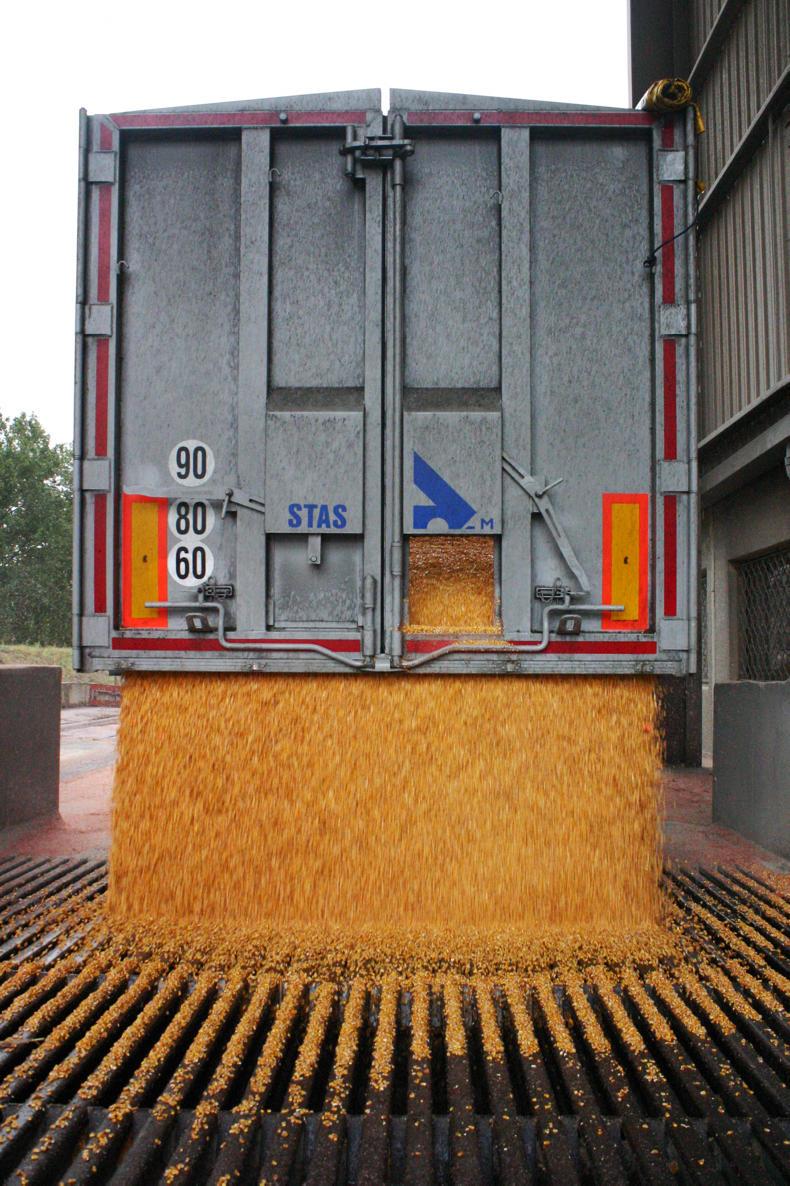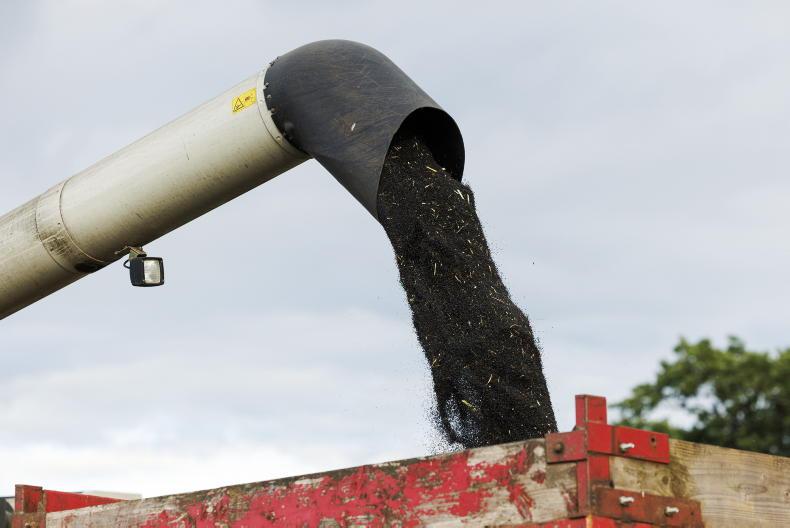International grain markets continue to oscillate on the back of different news drivers, but the recent trend is best described as flat.
In Europe, wheat might be a little weaker at the moment on the back of feed wheat scarcity. But recent trends in import markets would suggest that barley is being pressured down below wheat following more than a year of approximate price parity.
The scarcity of feed wheat has been a major reason why old-crop wheat is currently carrying a significant premium on new-crop.
This is because the market believes that what is scarce at the moment will be more plentiful and therefore lower priced next harvest.
The question is will old-crop fall back to new-crop price level or will new-crop rise to narrow the gap? The relative price and usage of imported maize currently suggests that the pressure on wheat will be downwards, unless something big hits maize production.
Brexit uncertainty is helping wheat somewhat, because if we lose UK imports the alternative will be higher priced. But lack of demand for barley is now resulting in price discounting of imports to get sales.
Native spot wheat price remains in the €216 to €218/t range, with May up to €221/t. Barley is very slow, so prices are difficult. But it seems that spot price is now in the €208 to €210/t range. November prices remain around €192 to €195/t for wheat, but barley is now closer to €182 to €184/t.
International grain markets continue to oscillate on the back of different news drivers, but the recent trend is best described as flat.
In Europe, wheat might be a little weaker at the moment on the back of feed wheat scarcity. But recent trends in import markets would suggest that barley is being pressured down below wheat following more than a year of approximate price parity.
The scarcity of feed wheat has been a major reason why old-crop wheat is currently carrying a significant premium on new-crop.
This is because the market believes that what is scarce at the moment will be more plentiful and therefore lower priced next harvest.
The question is will old-crop fall back to new-crop price level or will new-crop rise to narrow the gap? The relative price and usage of imported maize currently suggests that the pressure on wheat will be downwards, unless something big hits maize production.
Brexit uncertainty is helping wheat somewhat, because if we lose UK imports the alternative will be higher priced. But lack of demand for barley is now resulting in price discounting of imports to get sales.
Native spot wheat price remains in the €216 to €218/t range, with May up to €221/t. Barley is very slow, so prices are difficult. But it seems that spot price is now in the €208 to €210/t range. November prices remain around €192 to €195/t for wheat, but barley is now closer to €182 to €184/t.










SHARING OPTIONS